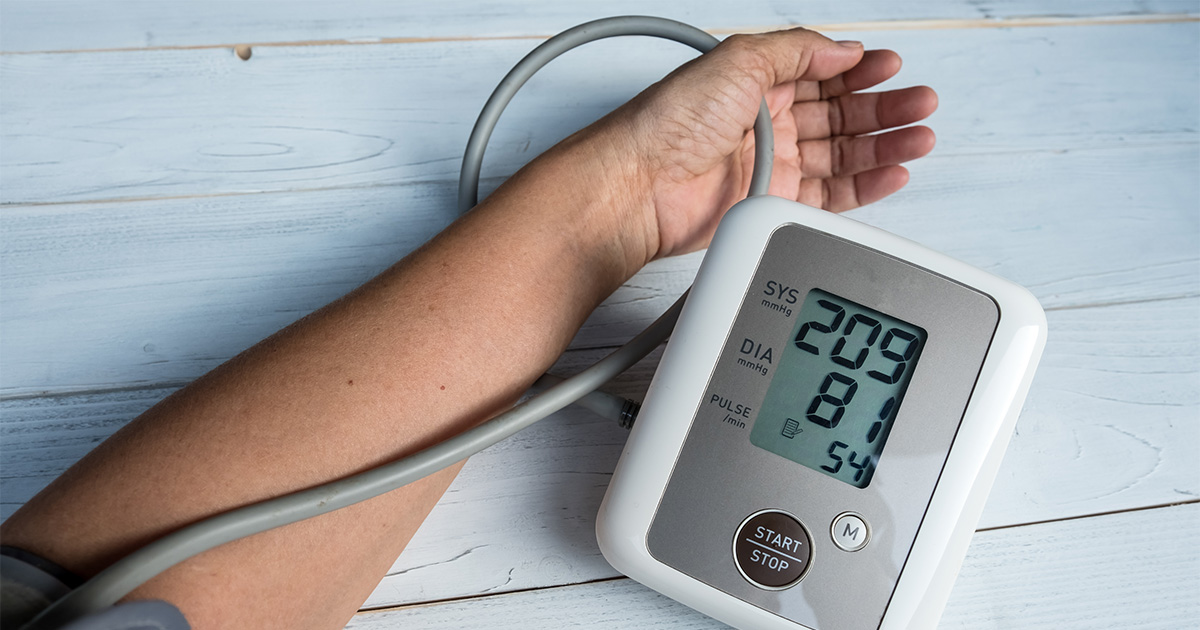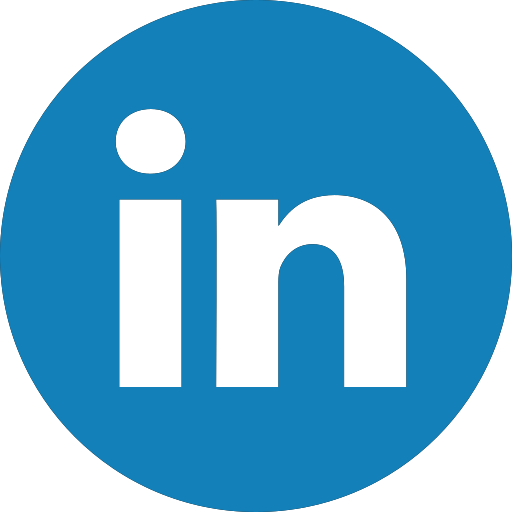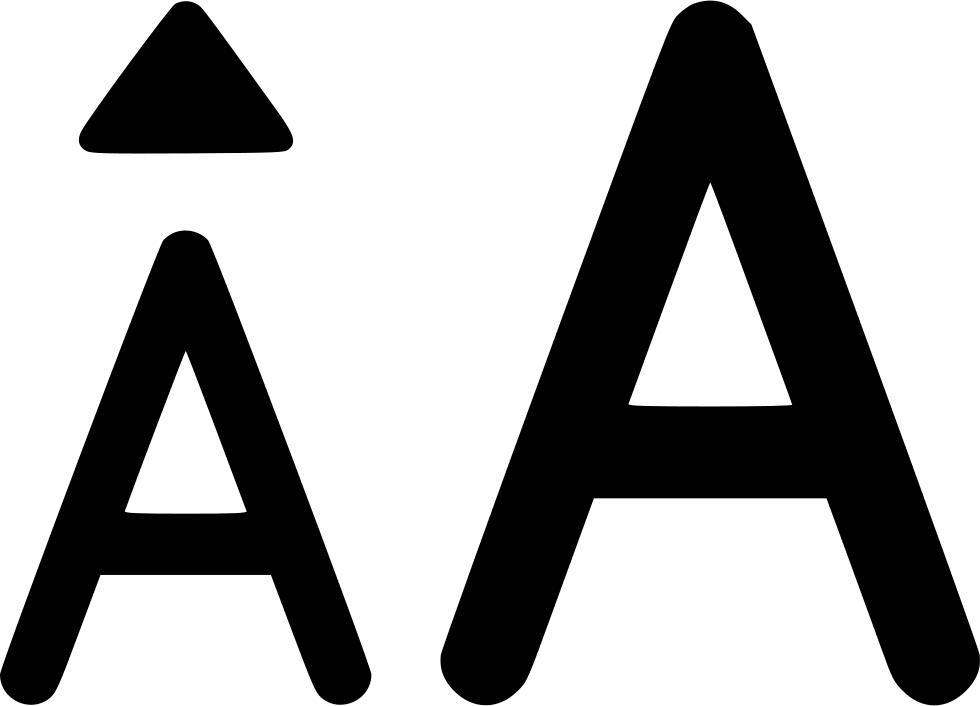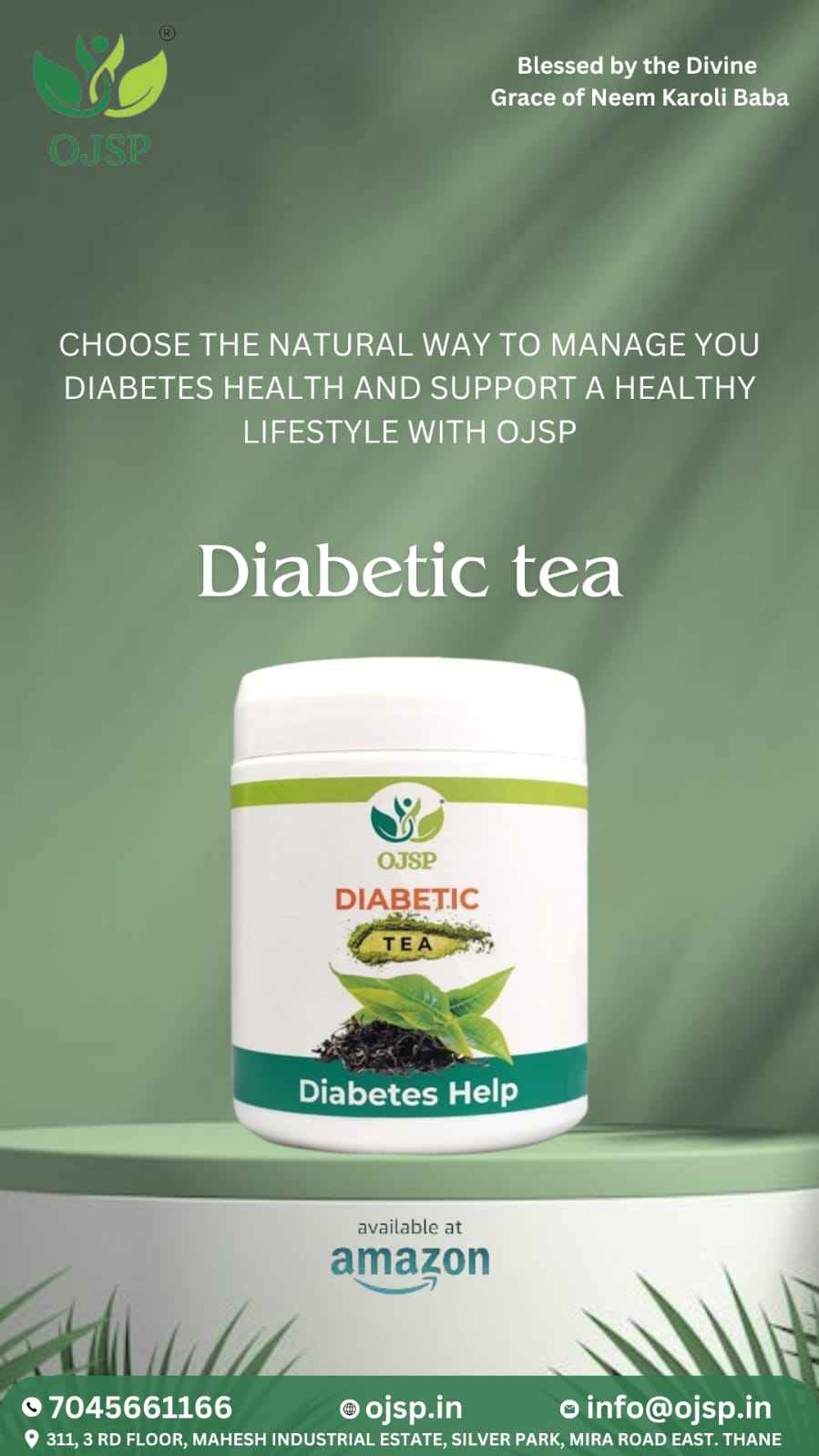In today’s fast-paced world, where lifestyle choices heavily impact health, blood pressure serves as a critical barometer of cardiovascular health. However, most people might be unknowingly sabotaging their readings due to common errors during measurement. These errors, subtle yet significant, can lead to inaccurate assessments of hypertension, potentially putting lives at risk.
Hypertension, often dubbed the “silent killer,” affects over 1.28 billion adults globally, according to the World Health Organization (WHO). Alarmingly, 46% of these individuals are unaware they have the condition. Without proper management, hypertension increases the risk of severe complications, including heart attacks, strokes, and kidney damage.
Given its prevalence and consequences, accurately measuring blood pressure is crucial. Yet, as research shows, common missteps in the process often distort readings, leading to either false alarms or missed diagnoses.
Common Errors in Blood Pressure Measurement: Blood pressure monitoring may appear straightforward, but it is fraught with potential pitfalls. Missteps such as incorrect sitting posture, improper arm positioning, recent caffeine consumption, or even engaging in conversation during the process can yield inaccurate results.
According to guidelines from the American Heart Association (AHA), the following factors are vital for accurate readings:
1. Sitting Posture: Patients should sit with their back straight, legs uncrossed, and feet flat on the ground.
2. Arm Positioning: The arm must rest on a flat surface, with the cuff placed on bare skin at heart level.
3. Distraction-Free Environment: Talking, using a phone, or moving during the procedure can skew readings.
4. Preparation: Avoid caffeine, smoking, or exercise at least 30 minutes before measurement.
Ignoring these steps can produce readings that are artificially high or low, leading to misdiagnosis or inappropriate treatment.
Why Accuracy Matters
Tammy Brady, a paediatric nephrologist at Johns Hopkins Children’s Center, emphasizes the importance of precision in blood pressure readings. “To make meaningful improvements in cardiovascular health, we need to screen and treat hypertension correctly,” she says.
Inaccurate readings not only misguide treatment plans but also fail to address underlying health risks. For instance, an inflated reading might lead to unnecessary medication, while an underestimated figure could leave hypertension undiagnosed, allowing it to silently damage the body over time.
While accurate measurements are critical, preventing and managing hypertension also relies heavily on lifestyle adjustments. Recent research from the University of Sydney and University College London underscores the profound impact of physical activity on blood pressure levels.
The study found that even five minutes of daily physical activity, such as climbing stairs or walking uphill, can significantly lower blood pressure. Replacing just 20-27 minutes of sedentary behaviour with exercise can lead to a 28% reduction in cardiovascular disease risk.
Practical Tips for Incorporating Exercise
1. Start Small: Begin with short bursts of activity, such as walking during lunch breaks or taking stairs instead of elevators.
2. Consistency is Key: Aim for at least 30 minutes of moderate activity most days of the week.
3. Combine Strength and Cardio: Resistance training and aerobic exercises complement each other in promoting heart health.
4. Monitor Progress: Regularly check your blood pressure to see how lifestyle changes are making a difference.
Despite its life-threatening implications, hypertension often goes unnoticed until complications arise. This lack of awareness underscores the need for widespread education about proper blood pressure monitoring and preventive measures.
Healthcare professionals, governments, and communities must work together to:
Promote Regular Screenings: Encourage individuals to monitor their blood pressure regularly, especially those with risk factors like obesity, diabetes, or a family history of hypertension.
Distribute Accurate Information: Share guidelines on proper measurement techniques to ensure reliable readings.
Support Lifestyle Interventions: Advocate for physical activity, healthy eating, and stress management as preventive tools.
In addition to exercise, dietary choices play a pivotal role in controlling blood pressure. A heart-healthy diet focuses on reducing sodium intake, increasing potassium, and incorporating whole grains, lean proteins, fruits, and vegetables.
Foods That Help Lower Blood Pressure:
Leafy Greens: Rich in potassium, greens like spinach and kale help balance sodium levels.
Berries: Packed with antioxidants, berries can improve blood vessel function.
Beets: High in nitrates, they help relax blood vessels and improve circulation.
Oats: Their high fiber content helps reduce cholesterol and stabilize blood pressure.
Fatty Fish: Omega-3 fatty acids in salmon and mackerel reduce inflammation and lower blood pressure.
The rise of digital health tools is transforming how we monitor and manage hypertension. Wearable devices, smartphone apps, and at-home blood pressure monitors empower individuals to take control of their health.
However, technology is only as effective as the user’s knowledge. Ensuring that individuals know how to measure blood pressure accurately and interpret results is essential.
Hypertension doesn’t have to be a silent killer. Through accurate monitoring, lifestyle changes, and education, it’s possible to prevent and manage this condition effectively.
Governments and healthcare systems must prioritize initiatives that promote awareness and accessibility. Regular health check-ups, community programs, and public campaigns can bridge gaps in knowledge and care.
Blood pressure may be just a number, but its implications are profound. Proper measurement, combined with preventive strategies like exercise and diet, holds the key to better cardiovascular health. By breaking the cycle of ignorance and inaccuracy, we can turn the tide against hypertension, ensuring healthier lives for generations to come.
Take control of your health today because every number counts.

 By breaking the cycle of ignorance and inaccuracy, we can turn the tide against hypertension, ensuring healthier lives for generations to come.
By breaking the cycle of ignorance and inaccuracy, we can turn the tide against hypertension, ensuring healthier lives for generations to come.










.jpeg)


.jpeg)
.jpeg)
.jpeg)
_(1).jpeg)

_(1)_(1)_(1).jpeg)
.jpeg)
.jpeg)
.jpeg)








.jpeg)
.jpeg)